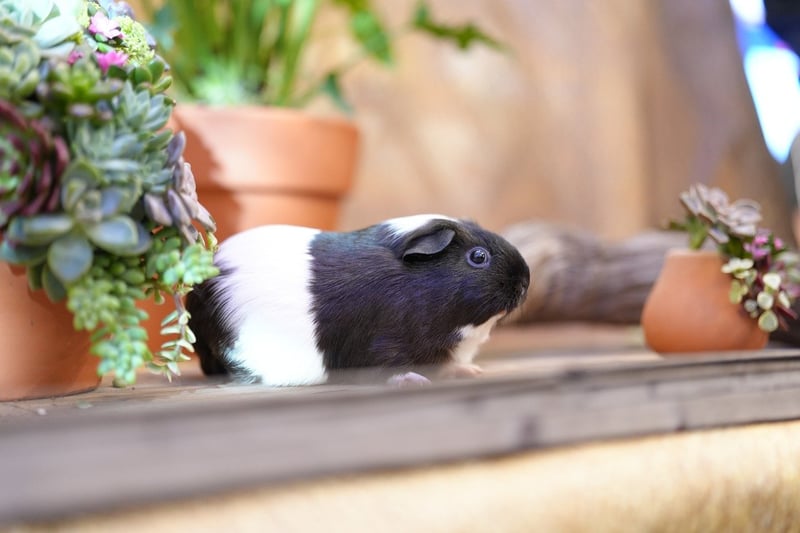Companion Planting
Protecting Your Garden with Companion Planting

Gardening is not just about planting beautiful flowers or growing fresh produce; it's also about ensuring the health and well-being of your plants. One way to protect your garden naturally is through companion planting, a method where certain plants are grown together to benefit each other in various ways.
Benefits of Companion Planting:
- Repelling pests: Some plants can naturally repel pests, protecting neighboring plants.
- Attracting beneficial insects: Certain plants attract pollinators and predator insects that help control harmful pests.
- Enhancing growth: Companion plants can provide shade, support, or nutrients that benefit nearby plants.
- Improving flavor: Some combinations can enhance the flavor of fruits and vegetables.
Examples of Companion Planting:
Here are a few common examples of companion planting:
1. Marigolds with Tomatoes
Marigolds repel nematodes that can damage tomato roots, making them great companions in the garden.
2. Basil with Peppers
Basil can enhance the flavor of peppers while also repelling pests that affect pepper plants.
3. Beans with Corn
Beans fix nitrogen in the soil, benefiting the corn plants, which have high nitrogen needs.
Getting Started with Companion Planting:
- Research companion planting charts to find suitable plant combinations.
- Consider your garden layout and plant preferences when choosing companion plants.
- Rotate companion plant combinations each season to prevent pest build-up and soil depletion.
- Monitor your garden regularly to observe the effects of companion planting on plant health and yield.
By incorporating companion planting techniques into your gardening practices, you can create a more resilient and thriving garden ecosystem while reducing the need for chemical pesticides and fertilizers.
Remember, nature has its way of balancing and protecting plants, and companion planting is a wonderful tool to harness these natural relationships for the benefit of your garden.
